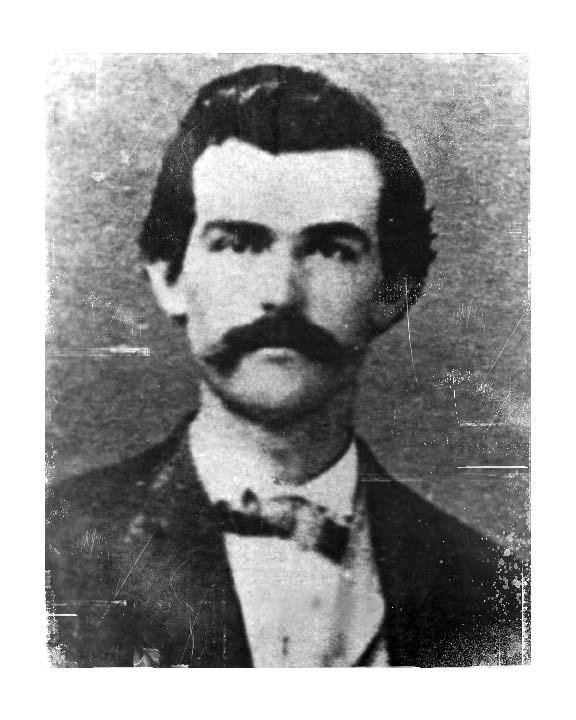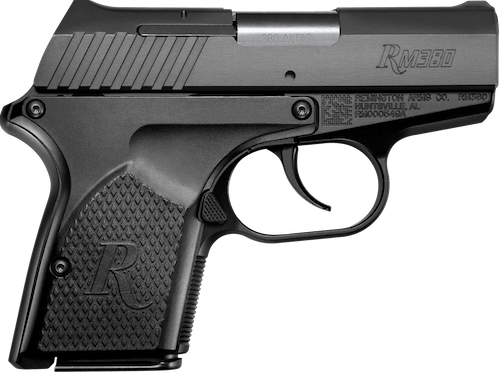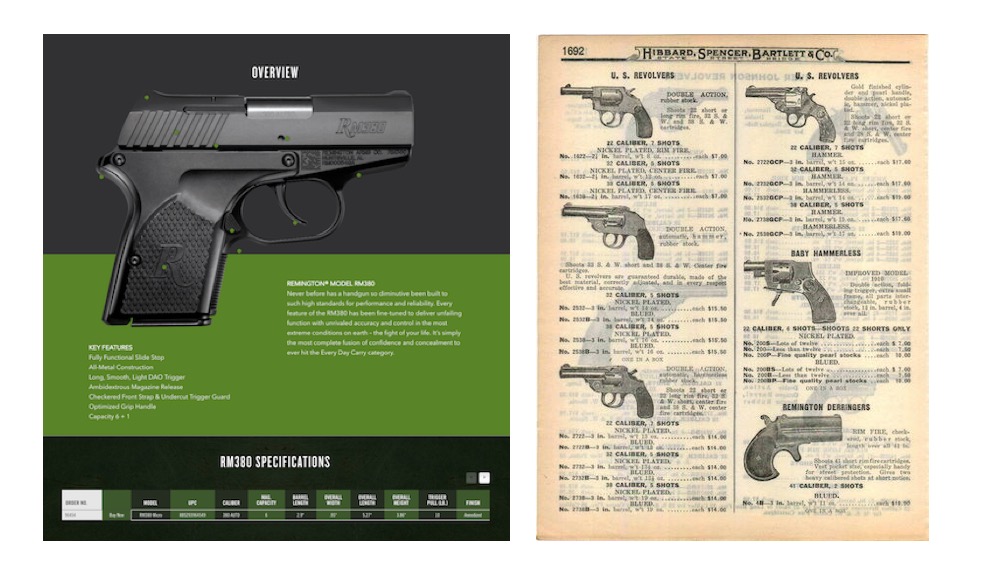Earlier this spring in Glenwood Springs, Colorado, a few of the town’s citizens found themselves staring down the double barrel of a .41 caliber Remington Derringer. This was the culminating moment of a 130-year journey, so, naturally, it made the national news.
The pistol once owned by famed gunslinger and gambler Doc Holliday was purchased from a Vancouver-based collector by Glenwood’s Historical Society for $84,000. It was among the few belongings left at Hotel Glenwood, where Holliday died from tuberculosis in 1887. He was only 36. Along with the derringer, Holliday left a shotgun and an 1851 Colt Navy .36 caliber revolver.
Holliday’s 1866 Remington Derringer
First manufactured in 1866, the derringer was designed as a “get off me” caliber due to its small size and slower-velocity projectile (about 425 feet-per-second and about 52 foot-pounds — 71 joules — of energy).

Doc Holliday.
The Post Independent, Glenwood’s local newspaper, reported:
Holliday expert and historian R.W. "Doc" Boyle met with the current owner, Jason Brierley, and examined the documentation Tuesday.
"The gun is real. There's no doubt the gun is real," Boyle said. "There's this whole bunch of casual evidence that flows from that affidavit that says to my mind, 'Whoa, this is hard to fake.'"
“(The collector’s) feeling was that it belonged here. So it would be better to contact the (town’s historical society) rather than to go through an auction process,” said Carla Jean Whitely, the features editor at the Glenwood Springs Post Independent, in a broadcast report posted by Denver’s FOX affiliate.
Only available in .41 caliber rimfire, the double-barrel pistol was manufactured by Remington between 1866 and 1935. According to the NRA Museum, the Derringer’s 69-year lifespan makes it the longest-running handgun model ever manufactured by Remington Arms, founded in 1816.
During the Civil War years, the company manufactured a high volume of .36 and .44 caliber revolvers along with the Model 1863 Percussion Contract Rifle to meet the demands of the war. But it was the post-war years that made smaller pocket pistols and derringers popular, along with other models like the Remington-Smoot metallic cartridge pistols and guns like the Single Action Army revolvers.
For Remington and Holliday, “Here Today, Gone Tomorrow” Doesn’t Apply
A Georgia native and failed dentist, Holliday had no obvious pathway to fame and no reason to think he’d become a household name. Still, he remains an icon and his life story is full of irony. What ultimately killed the gunslinger was also the thing that made him.

Remington’s current product line features a variety of handgun models ranging from the higher-end 1911 R1 Carry Commander to the compact RM380, pictured here.
It was tuberculosis that uprooted a young Holliday from the Deep South and sent him West, chasing a climate better suited for his condition. What he found, instead, was an unruly environment ripe for gamblers and gunslingers. And, again, it was the tuberculosis that nudged him toward an outlaw’s life by ending what was once a promising dental practice. By all accounts, he was a fine dentist. But his nagging cough came at inopportune times and, little by little, his patients went elsewhere.
Even Holliday, as he lay dying, looked down at his bootless feet and reportedly said these last words: “That is funny.” He figured he’d be shot dead with his boots on before the disease had time to run its course.
Today, most of the places and objects from Holliday’s story are gone. The Pennsylvania dental school he attended, short on funding, closed in 1909. Tuberculosis is largely eradicated thanks to the development of a vaccine that’s now administrated to more than 90 percent of children worldwide. The Wild West, where the gunslinger made his name, has been tamed by civilized predictability. The dusty town centers are now paved over, and the old saloons have mostly fallen to the ground.
But the double-barreled pistol lives on and so does Remington Arms. Demand is high. Today, handguns account for more gun sells than any other gun type. According to a 2016 study released by the National Shooting Sports Foundation, handguns made up 45.8 percent of all guns purchased in November and December of last year, while rifles accounted for only 16.2 percent during this same period.
Remington’s current product line features a variety of handgun models ranging from the higher-end 1911 R1 Carry Commander to the compact RM380. The RM380, which the company has branded as its “Micro-Pistol,” is its smallest. And the modern pistol’s measurement — 5.27 inches overall — are within 1 inch of the Remington Derringer’s total length of 4.875 inches. Granted, there’s a new accessory today that Holliday didn’t have access to: Remington’s Micro-Pistol can be paired with a Crimson Trace laser sight (Model LG-479).
A lot has changed over the years. Look at the contrasts between a 1922 catalog page featuring a derringer and an online, product page featuring the RM380.

Remington's current, online product profile for its RM380 (L); Remington Derringer featured in a 1922 catalog ad from Hibbard, Spencer, Bartlett & Co.
Back in ’22, a derringer sold for $18.90. Meanwhile, the RM380 retails at $436. Another difference: one product is featured in print; while the other is digital.
In an era driven by rapidly-evolving technology, so many products emerge, live briefly and then peter out in the span of a few years at best. It’s unusual and empowering to see an American manufacturer — the builder of a timeless tool —hold its purpose and value across generations. It soldiers on.
Perhaps if Doc Holliday were here today, he’d take a look around and say something wry and paradoxical like, “America ain’t what it used to be, but it’s still what it was.” Because, if he did, that’d be ironic.
And that is funny.






